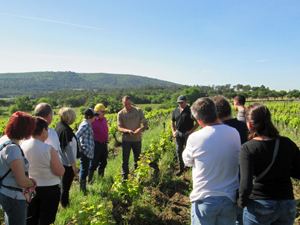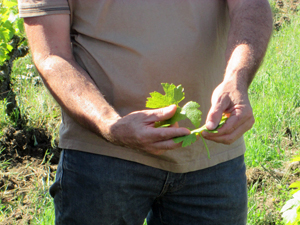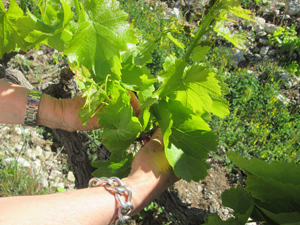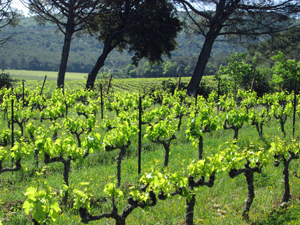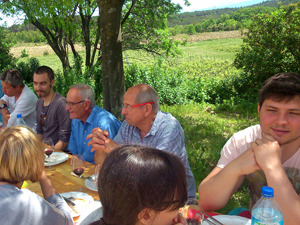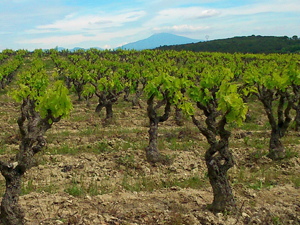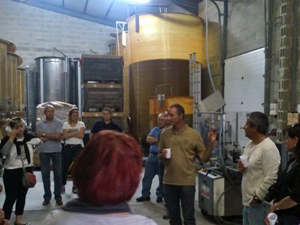The team at Château Beau Rivage introduced us to the winery, the Bordeaux Supérieur and Haut-Médoc appellations, as well as the different clay and gravel terroir that the different vineyards enjoy.
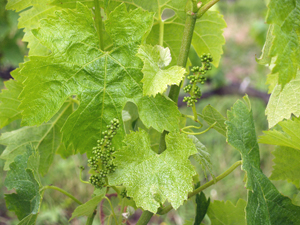
In the 8ha plot of vines behind the château, we learnt how to identify the different grape varietals by the form of their leaves, and saw the difference in the two pruning techniques used in the vineyard, Guyot Double and Cordon.
Before getting stuck in with some work, we stopped for a few minutes in the plot of vines where our adopted vines are to be found, the time to take a few pictures of our vines.
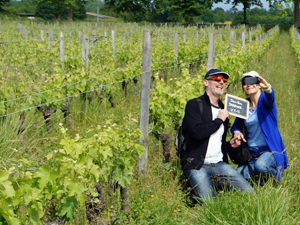
It was the time to roll our sleeves up and get stuck in with two missions. Firstly to lower the training wires, and then to remove any unwanted shoots from the trunk of the vines. Under the watchful eye of Christine on Sunday, the owner of Château Beau Rivage, and of Sandrine on Saturday, the chai manager, we learnt about the importance of this work to help improve the quality of the future harvest, and hence the wine that will result from it. So, armed with a pair of secateurs and lots of good cheer, we each took a row in pairs, and lowered the training wires so that the weight of the foliage and grapes will then be better supported, and we removed the shoots that will not produce fruit, but will sap the energy and nutrients from the plant.
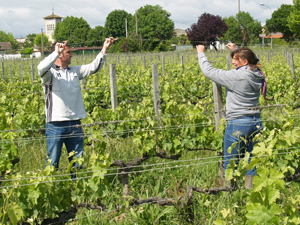
After the effort comes the reward! Back at the winery we tasted the Clairet rosé wine before moving onto the reds. We tasted the Benjamin, Château Beau Rivage, Clos la Bohème and Clementine/Le Phare wines over lunch. Honey tomatoes, melon and ham with the aperitif, followed by a salmon duo, tomato and mozzarella salad. For the main course we had some succulent chicken cooked at low temperature with a cep sauce, and potato and shallot fondant. We finished the meal with some basque cheese and strawberry and orange tartlets.
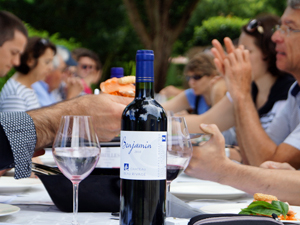
Fully revitalised, we then headed back out into the vineyard.
In the afternoon, we picked up where we had left off, and learnt about the work that remains to be done in the vineyard from now until the harvest. We talked about working organically, and what that means for the winemaker in the work in the vineyard and chai.
In the fermentation hall, we had a quick introduction into the vinification and wine-making side of the profession. How the grapes are received during the harvest, how the wine ferments, is racked and the aged in oak barrels up until they are ready for bottling.
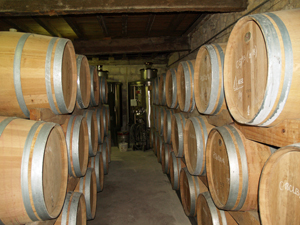
A couple of days full of information. As well as leaving with a few bottles of wine, we hope that each of the participants learnt a little bit more about the work that goes on behind the scenes in making wine.
Many thanks to the team at Château Beau Rivage for sharing their devotion to their profession with us, and to all of our participants for a couple of thoroughly enjoyable days.
Other articles relating to the work in the vineyard



